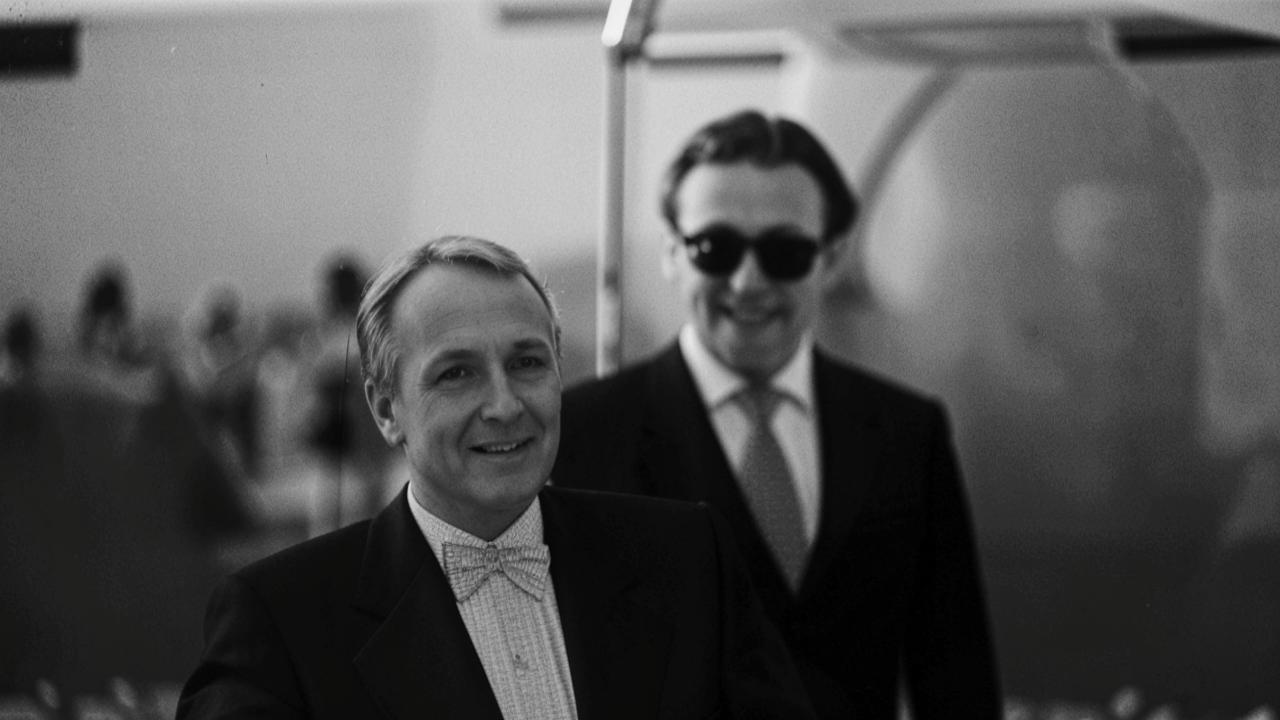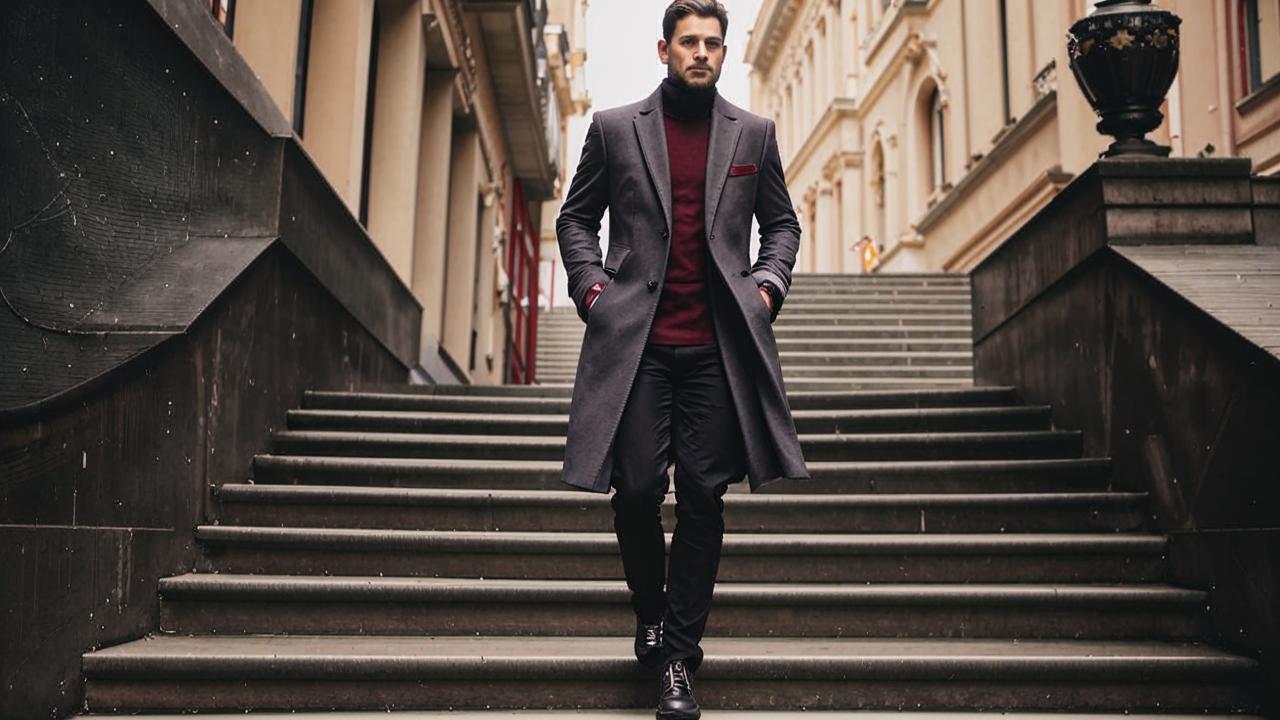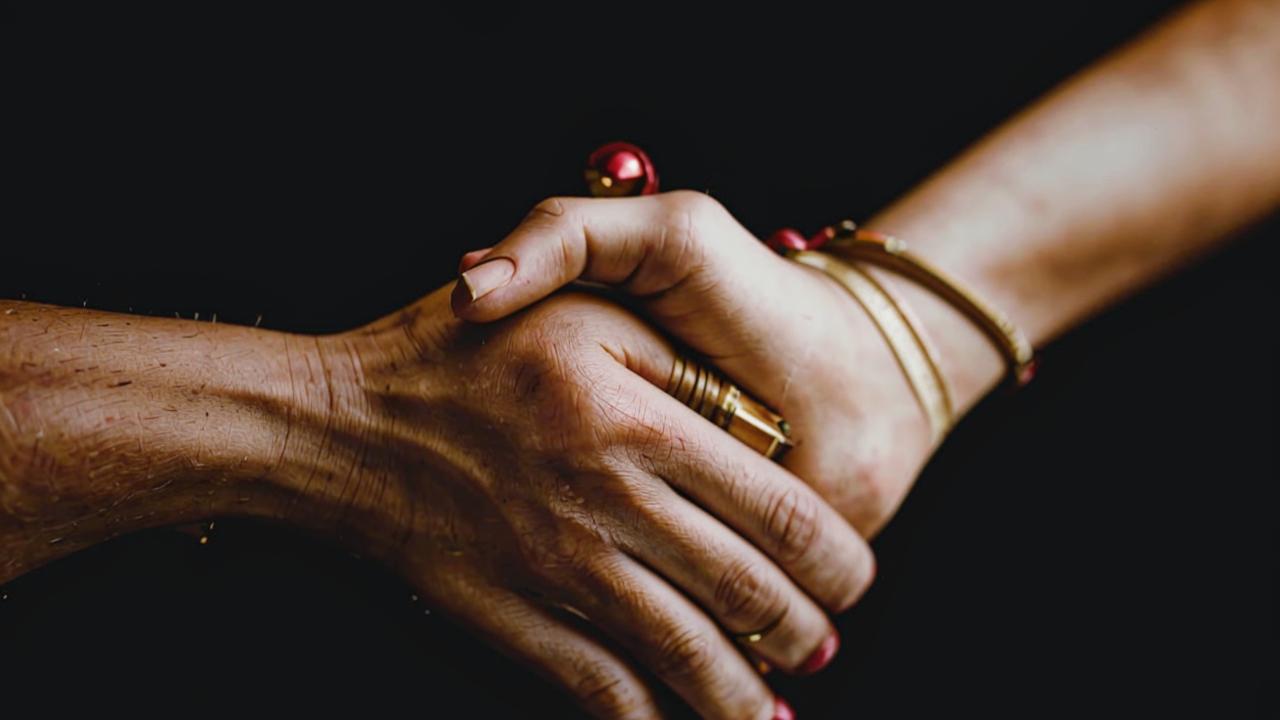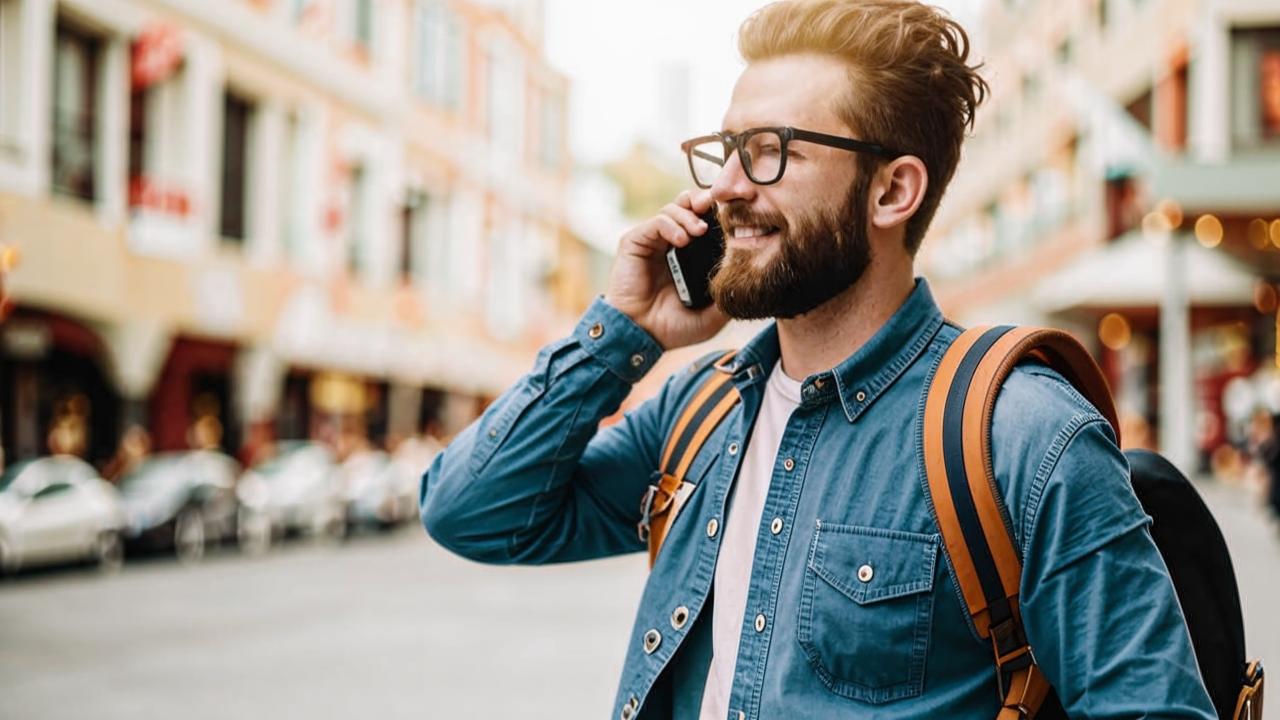Wouldn’t you agree that it would be great if you met a new person and immediately understood who was in front of you? Would you give up the option that allows you to read the mood of your significant other or boss? In fact, all this is possible and not so difficult. The language of facial expressions and gestures is accessible and understandable to everyone.
What is physiognomy?

psychologist-hypnotherapist
Physiognomy is a technique that determines the temperament and character of a person, based on the analysis of his appearance and facial expressions. Most often the subject of study is appearance, gestures, postures, physique and posture. How does it all work and can the conclusions always be believed?
At the moment, physiognomy is not a scientific discipline. Why? The works of experts say that character traits can not be reflected in a person’s appearance. However, there are exceptions. It is about stigmas or, as it is commonly expressed nowadays, small developmental anomalies (SDA). They may indicate the presence of mental disorders. For example, Down syndrome and schizophrenia.
So, to determine the character traits of a person by gestures and facial expressions, without having experience of interaction with him, it is almost impossible. About this says the scientific adviser of the series “Lie to Me”, American psychologist Paul Ekman. The expert argues that to understand the emotional manifestations (in particular – their sincerity) need some time to observe a person. This will make it possible to trace patterns (stereotypical ways) of behavior that are habitual for him.

However, despite the fact that from the scientific point of view there is no confirmation of this, physiognomy is still actively used in practice. Not only today. It has been used for many centuries.
The term was first used by Hippocrates. Already in 460 B.C. there were searches for the connection between a person’s appearance and his character. In the XX century, Charles Darwin wrote a famous work “The expression of emotions in humans and animals. In it, studies of the “language of facial expressions and gestures” were collected. It is on these that modern interpretations are based. Today, about 1000 nonverbal signs and signals are registered.
Theory and practice of physiognomy

Clinical psychologist, perinatal psychologist, sensory therapist, art therapist
Despite incredibly advanced brains, fantastic technologies and daily breakthroughs in science, all of us are still just animals. Our body continues to function at the same level as the primate body. It is the one that sends out significantly more information than our familiar speech.

More than 55% of information about the interlocutor we receive through his movements, postures, appearance, facial expressions and gestures. That is – through non-verbal signals. About 38% – through the voice, its timbre, intonation and volume. Only 7-8% – through the words themselves.
Why does this happen? Our “ancient” reptilian brain is sharpened at the level of instincts to recognize danger by the smallest details. It once saved the lives of our ancestors. “It’s still in our memory today.
Characteristic gestures, habitual postures and memorized body position – all this is formed in us from childhood. It is much more difficult to control this than speech or intonation. That’s why, paying attention to these moments, you can learn more about the interlocutor than he is ready to tell.

Body Language
If from an early age you were in an unsafe environment, constantly feeling fear, then, most likely, your head is pressed into your shoulders. They are tense and elevated. Your eyes struggle to lift off the floor.
The habit of restraining emotions, suppressing anger and keeping silent when you really want to defend yourself will be expressed in a stiffened jaw, clenched fists and a tense neck.
It is a common belief that a confident person has a firm gait. He maintains eye contact, his body is collected, his back is straight. He is alien to fuss and agitation. The movements of such a person are more purposeful, words are loud and clear. However, there may be nuances here …

What if these external manifestations – a learned role, a mask? In this case, the truth will be seen in small things. Like what? “Firmly striding” person is not so strong and confident if you notice his tendency to rub his hair and clothes. Foot twitching may also be indicative.
So, it is important to realize that solely on the appearance and movements to make final conclusions about the character of a person can not.
The language of facial expressions
Happiness and joy are shown through a relaxed and calm face. At the same time, the eyes have a slight squint, forming little wrinkles in the form of rays. But the smile can be both barely noticeable and maximally open.

If your interlocutor is sad, his movements become slower. The look is faded, as if the person is looking into the void. Eyebrows may be raised, and wrinkles may appear on the forehead from the plunge into reflection.
Fear is familiar to us from childhood. The person turns pale, his mouth opens, his gaze becomes tense and focused. His pupils dilate. He either freezes in place or begins to make chaotic movements. This is the way nature intended – run away and save yourself or freeze.
Anxiety can manifest itself in a worried look, fidgety movements, trembling in the voice and body, tenseness and constantly coming to tears.

A person who feels interested in another and is ready to open up is more likely to tilt his head and body toward the other person. He looks into the eyes, may shake his head in agreement. Lovers touch the object of their adoration and try to get closer. And also – their body trying to “complement” the posture of the partner, thereby as if concentrating attention within the couple.
Gesture Language
Hand gestures are probably the most popular. Why? You can convey a multitude of feelings and emotions through these movements. Open palms will symbolize trust. There are no threats or pressure here. Hands, which a person holds along the body, speak of passivity and willlessness. Placed behind the back will indicate the presence of doubts, timidity and shyness.

What does it mean when a person hides his hands in his pockets? This is an attempt to hide insecurity. It is also indicated by scratching the earlobe, neck or nose with a finger. Clenched into a fist will mean that the interlocutor is difficult to restrain the degree of his internal agitation and aggression.
Rubbing the palms of the hands indicates the presence of positive emotions, most often satisfaction. Arms crossed on the chest is not always a gesture of “closure”. It can also mean that the person is “disconnected” from the conversation. If the interlocutor props his cheek with a fist, with the index finger resting on the temple, it says that you are being evaluated. Gestures of courtship and love: showing your wrists.

What does your gait tell you?
For an insecure, withdrawn person it is characteristic to hide hands in pockets or press them to the body. Often such people carry something in their hands to shut themselves off from the world. Strong, powerful, confident steps will indicate the nature of assertive and decisive.
Excessively tilted head, unbent torso, arrogance in the look – signs of a person who likes to play to the public and attract attention. But the feet shuffling on the ground or treading faintly, head and shoulders lowered down clearly hint at the fear of manifestation. These are signs of insecurity.
With a little practice and mindfulness, you’ll start to notice more than you used to. Listen to yourself and how you feel. Your body is not lying to you. Just learn to hear its signals and the impulses of others. For a deeper understanding of this topic it is worth reading the book “Sign Language” by Igor Kuznetsov and Alexander Masalov.






